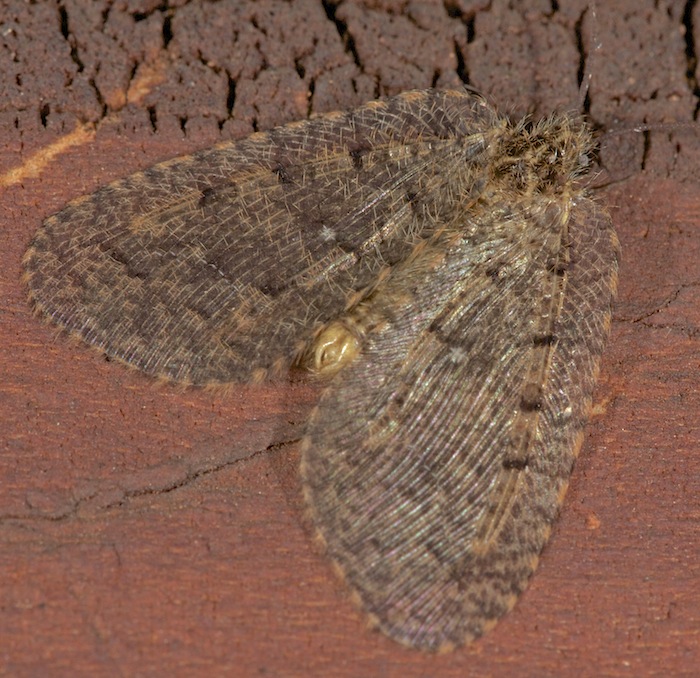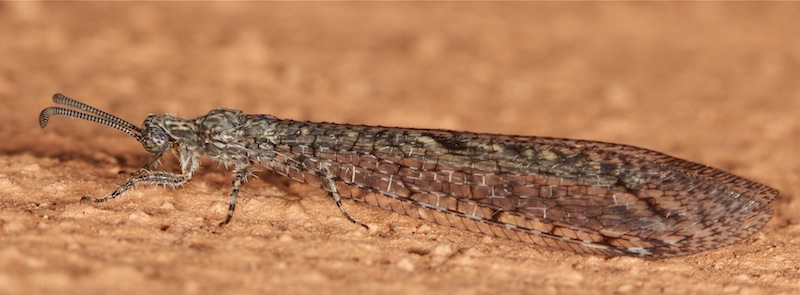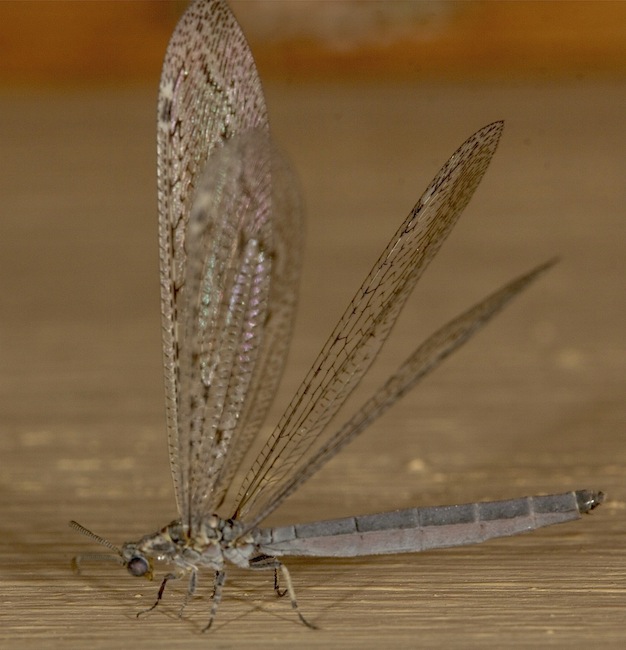Family: Nemopteridae. Subfamily: Nemopterinae
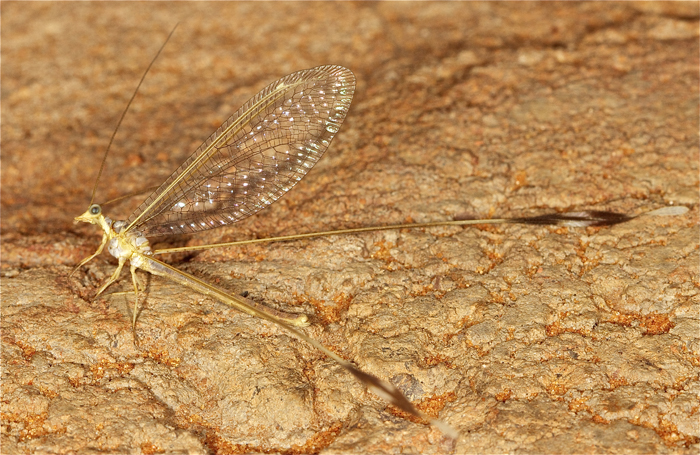
Kgalagadi Transfrontier Park
Nemopteridae are a charismatic family of lacewings characterized by uniquely extended hind wings. They are an ancient widespread group in the drier regions of the world. The family comprises two subfamilies:
1. Crocinae (thread-wings)
2. Nemopterinae (spoon- and ribbon-wings).
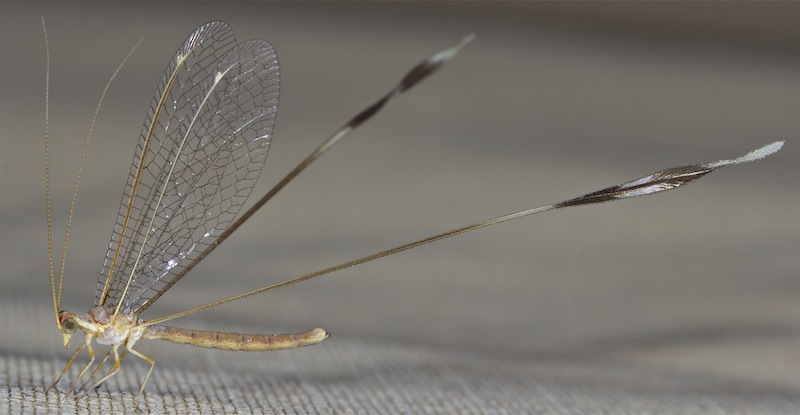
Oct. 2013 KTC in Kgalagadi TP
In southern Africa 72 species of Nemopteridae occur, which is 48 %, or nearly half, of the world’s species. The vast majority of these, 57 species (38% of the world fauna) are endemic to the Western and Northern Cape Provinces of South Africa.
Excluding the subfamily Crocinae (thread-wings), the southern African Nemopterinae (spoon- and ribbon-wings) comprise 57% (62 species), more than half, of the global fauna, with 47% of the world’s taxa (51 species) being endemic to the Western and Northern Cape Provinces of South Africa.
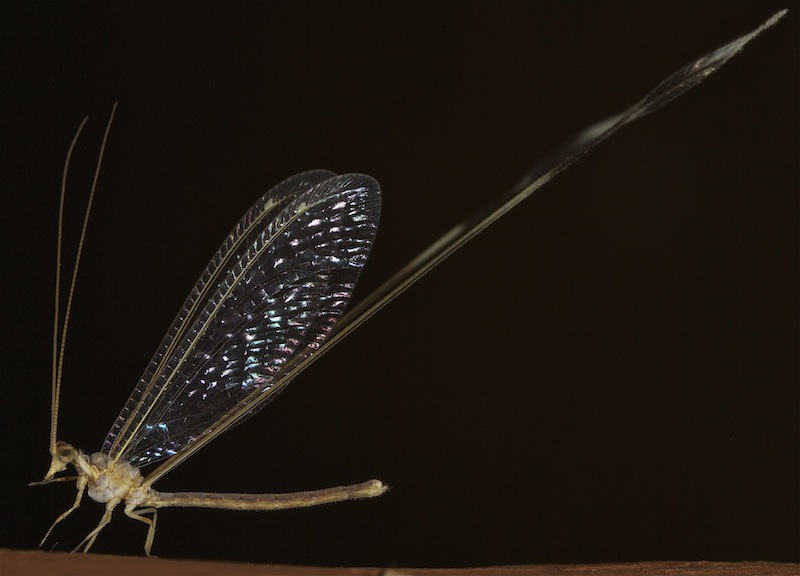
Nov. 2013 KTC in Kgalagadi TP
This species inhabits the dry areas of southern Africa and seems to be a Kalahari endemic. It is common in the Kalahari Gemsbok Park (Kgalagadi Transfrontier Park)
The Cape nemopterines are consequently a unique and rich biological heritage that requires special research and conservation attention. While the subfamily Crocinae is comparatively well known, knowledge of the taxonomy, biology, phylogeny, local biogeography and conservation status of the Nemopterinae remains inadequate. Though the conservation of Crocinae is reasonably assured owing to their arid and rocky habitats, unsuited to agriculture, the Nemopterinae are extremely vulnerable, as many of the habitats of the rare Cape endemics have already been destroyed by agricultural and urban expansion, with the remainder being severely threatened.
The spoon- and ribbon-wing lacewings represent yet another category of the rich heritage of global fauna with which South Africa has been blessed. She, in tandem with the world community, as their custodians owe protective stewardship and conservation to ensure its survival for all future generations.
Links: Phylogeny and biogeography of southern African spoon-winged lacewings (Neuroptera: Nemopteridae: Nemopterinae)



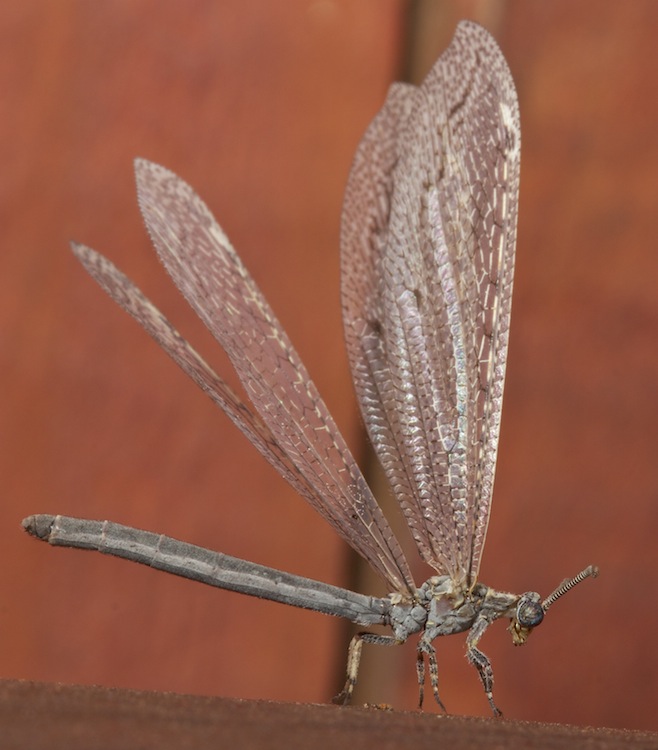
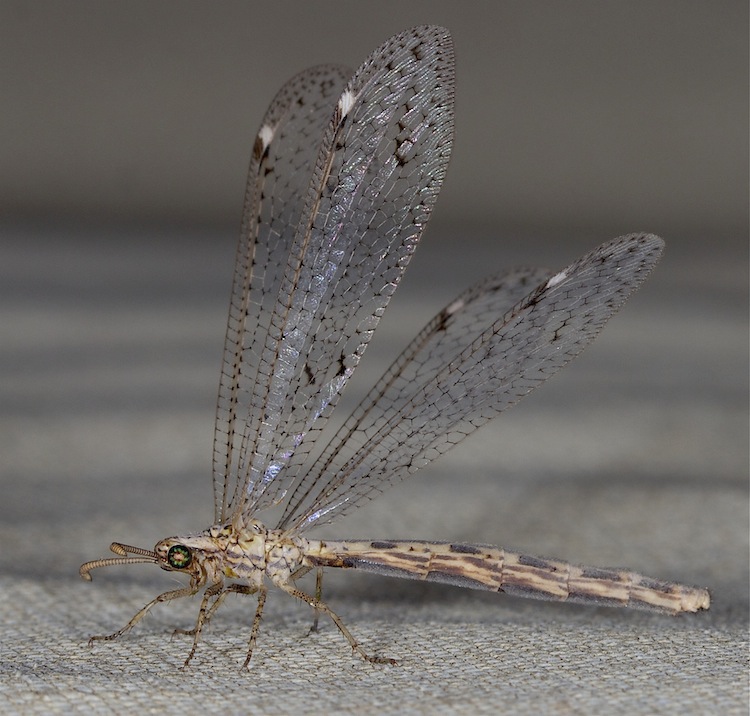
 © BluTuna
© BluTuna © BluTuna
© BluTuna © BluTuna
© BluTuna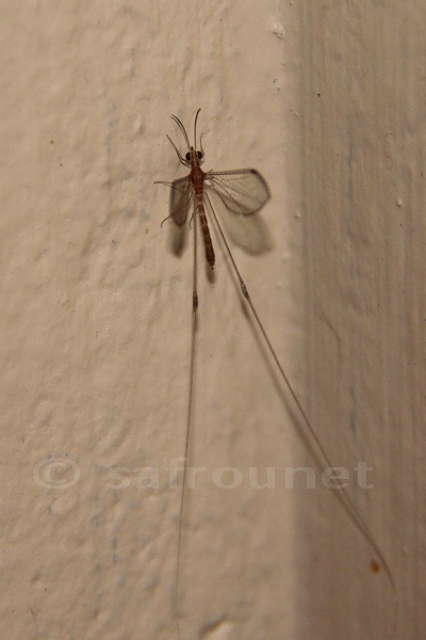 © nan
© nan © nan
© nan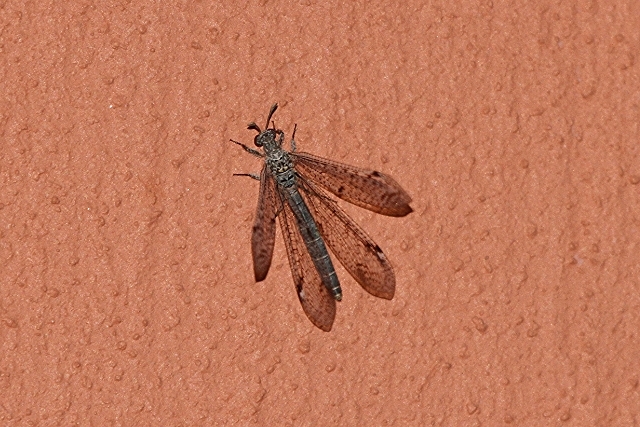 © Tina
© Tina